Last updated on November 4th, 2024 at 10:53 am
Maintaining the integrity of your vehicle’s braking system is not just crucial for the longevity of your car, but also for your safety and that of others on the road. Among the most critical components requiring timely attention is brake replacement. The cost of replacing brakes might seem daunting initially, but when considering the potential risks associated with neglecting this essential maintenance task, it is unquestionably a worthwhile investment. This article delves into the significant factors that determine the cost of brake replacement, helping you anticipate expenses and prioritize vehicle safety.
Factors Determining Brake Replacement Frequency
The frequency of brake replacement is influenced by several factors. Primarily, your driving habits and the conditions under which you operate your vehicle play a substantial role. For instance, consistent city driving, which involves frequent stopping and starting, can lead to accelerated brake wear compared to highway driving. In fact, according to the Car Care Council, brakes usually need servicing every 50,000 miles, but this can drop significantly to about 25,000 miles for city driving or aggressive driving habits.
Quality of the brake system is another pivotal factor. High-quality, expensive brakes tend to last longer and perform better over time compared to their cheaper, lower-quality counterparts. Research from the National Highway Traffic Safety Administration highlights that poor-quality brake components can lead to a 30% reduction in brake lifespan.
Moreover, regularly carrying heavy loads or towing can also increase brake wear due to the additional strain on the brake system. It’s important to keep these factors in mind when anticipating the need and budgeting for brake replacement.
Cost Aspects of Brake Repair
One cannot overlook the cost implications when it comes to brake replacement. Among the most significant components of the overall cost are parts and labor. The cost of brake pads, for instance, can vary greatly depending on the brand, the make and model of your vehicle, and whether you’re installing premium or budget brake pads. On average, brake pads range from $35 to $150 for a set. However, for high-end or luxury vehicles, this price can escalate significantly.
The labor costs for brake replacement also vary depending on location and the specific auto repair shop. On average, labor can cost anywhere from $100 to $300 per axle, but this can be higher in areas with a high cost of living or at dealerships.
It’s also important to note that the type of driving you predominantly engage in can influence the cost of brake replacement over time. Consistent city or aggressive driving leads to more frequent brake replacements, thereby increasing the overall cost over the lifetime of the vehicle. On the other hand, more relaxed and consistent driving, like that often seen on highways, results in less frequent replacements, thereby saving on overall costs.
Understanding these cost factors can help you anticipate the financial implications of maintaining your vehicle’s braking system, ensuring you’re never caught off guard with unexpected expenses.

Types of Materials Used in Brakes
The materials used in brake components, namely brake pads, rotors, and calipers, significantly impact both their longevity and cost. Brake pads are typically made from organic, semi-metallic, or ceramic compounds. Organic pads are the most affordable, but they wear out faster and may not perform as well under severe driving conditions. Semi-metallic pads are more durable and provide better heat dissipation, but they can be noisier and cause more wear on the brake rotors. Ceramic pads, while being the most expensive, offer the best balance of durability, noise reduction, and performance, making them a popular choice for many drivers.
Rotors are usually made of cast iron, but high-performance or luxury vehicles may use composite or carbon-ceramic rotors which are lighter and more heat-resistant but also more expensive. Brake calipers are typically made of either cast iron or aluminum. Cast iron calipers are more common due to their low cost and high durability, while aluminum calipers are lighter and provide better heat dissipation, but they are also more expensive. The choice of materials ultimately depends on your vehicle’s performance needs, your driving habits, and your budget.
Brake Pad Replacement Cost
Brake pad replacement is a common aspect of automobile maintenance and an essential component of overall brake system health. The cost of this service can vary greatly depending on factors including vehicle make and model, the type of brake pads used, and labor charges.
The cost of the brake pads themselves typically ranges from $35 to $150 per set for standard vehicles. High-performance or luxury vehicles may require more expensive pads, which can cost $200 or more per set. Keep in mind that each axle requires a set of pads, so if you are replacing pads on both the front and rear axles, these costs will apply per axle.
Labor costs for brake pad replacement can also vary widely depending on the region and specific repair shop. Generally, you can expect the labor cost to range from $100 to $300 per axle. Remember, this is a per axle cost, so if you are having both axles serviced, you would need to double this estimate.
In summary, for a standard vehicle needing new brake pads on both axles, the total cost, parts and labor included, can range from $270 to $900 or more. For luxury or high-performance vehicles, this cost can be significantly higher due to the use of premium brake pads and potentially more complex labor requirements. It’s always best to consult with a trusted mechanic or service center for a more precise quote based on your specific vehicle and needs.
Other Costs Involved: Rotors and Calipers
Replacing brake rotors and calipers can significantly increase the overall cost of brake maintenance. The price of rotors can range from $30 to $75 each for standard vehicles, but for high-performance or luxury vehicles, the cost can skyrocket to $100 to $400 each. The decision to resurface or replace rotors depends on their condition. While resurfacing is a more budget-friendly option, it’s only viable if the rotors are not severely worn or warped.
Brake calipers, which squeeze the brake pads against the rotors to slow the vehicle, can cost $50 to $200 each for a standard vehicle. Again, high-performance or luxury vehicles may require more expensive parts. Labor costs for rotor and caliper replacement can range from $300 to $800 per axle, depending on regional labor rates and the complexity of the job.
When replacing brake components, it’s essential to prioritize safety and quality, even if it means slightly higher costs. Cheap, low-quality parts may not perform well under demanding driving conditions and could lead to brake failure. Always choose parts that meet or exceed Original Equipment Manufacturer (OEM) specifications. When in doubt, consult with a trusted mechanic or brake specialist to ensure you’re making the best decisions for your vehicle’s safety and performance.
DIY vs Professional Installation
When it comes to brake replacement tasks, the choice between do-it-yourself (DIY) and professional installation often boils down to a comparison of costs and benefits. DIY brake replacement can be a more affordable option upfront, as it eliminates labor costs which can range from $100 to $800 per axle depending on the task. However, this requires a substantial investment of time and effort, as well as the necessary knowledge and tools to perform the job correctly.
In contrast, professional brake services, while more expensive, provide the assurance of work done by trained experts. They have extensive experience and knowledge, ensuring the job is performed to the highest safety standards. Professionals also typically offer warranties on their work, providing additional peace of mind.
While cost savings from a DIY approach can be tempting, it’s important to note that brake systems are critical to vehicle safety. Any mistakes made during installation could lead to brake failure, endangering both the driver and others on the road. Therefore, unless you have significant automotive repair experience and the right tools, it’s generally safer and more prudent to entrust this work to professional mechanics.
In conclusion, brake maintenance is an essential aspect of vehicle care that encompasses numerous elements: brake pads, rotors, and calipers. The costs can vary depending on your vehicle model, choice of materials, and whether it’s a luxury or high-performance car. Standard brake pad replacement ranges from $270 to $900 for both axles, whereas the addition of rotors and calipers can significantly escalate the cost due to their higher price and labor charges. A DIY approach can save you labor costs, but it requires a significant time investment, technical knowledge, and the right tools.
Moreover, any errors made during the installation can compromise vehicle safety. As brakes are crucial for safety, it’s recommended to entrust this task to professional mechanics unless you have significant automotive repair experience. Always prioritize quality and safety over cost, choosing parts that meet or exceed OEM specifications. For precise estimates, it’s best to consult with a trusted mechanic or service center based on your specific vehicle and needs.
Frequently Asked Questions (FAQs)
1. How often should I replace my brake pads?
The lifespan of brake pads varies depending on factors such as driving habits, environment, and the type of brake pads used. However, on average, brake pads may need to be replaced every 30,000 to 70,000 miles. It’s best to regularly inspect your brake pads for signs of wear and consult with a professional mechanic.
2. Is it necessary to replace brake rotors and calipers during a brake pad replacement?
It’s not always necessary to replace brake rotors and calipers during a brake pad replacement. The need for their replacement depends on their condition. If they are significantly worn out or damaged, they should be replaced to ensure optimal brake performance and safety.
3. Can I perform brake maintenance myself?
Yes, brake maintenance can be performed by individuals who have substantial automotive repair experience and the appropriate tools. However, since the brake system is vital for vehicle safety, it’s generally recommended to entrust this task to professional mechanics unless you have significant experience and the right tools.
4. How much does brake maintenance cost?
The cost varies depending on the make and model of your vehicle, the specific components needing replacement or service, and the labor cost in your area. For a standard vehicle needing new brake pads on both axles, the total cost can range from $270 to $900 or more. However, additional services like rotor and caliper replacement can significantly increase these costs.



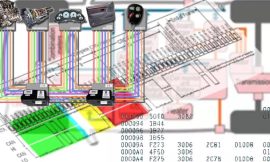
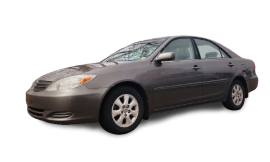
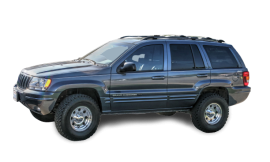
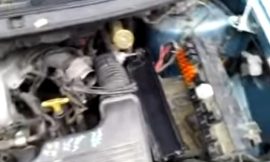
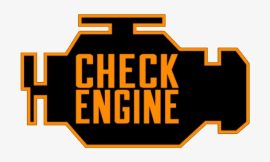
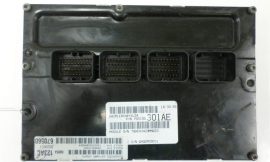
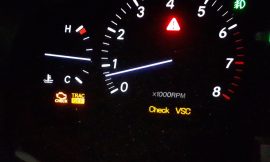
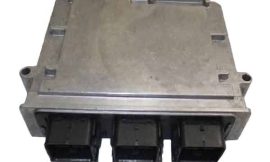
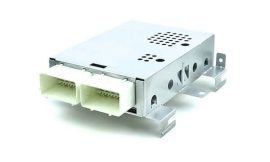
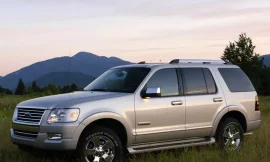
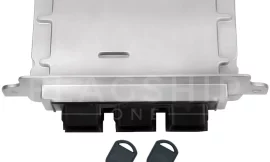

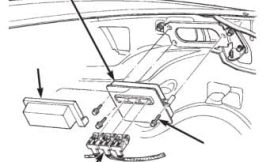
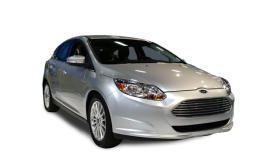
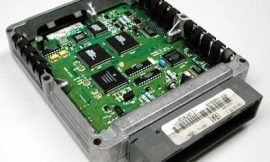
Informative! Your comprehensive guide on the cost of brake replacement is an absolute lifesaver, breaking down complex information into an easily digestible format — thank you for demystifying a crucial aspect of car maintenance!